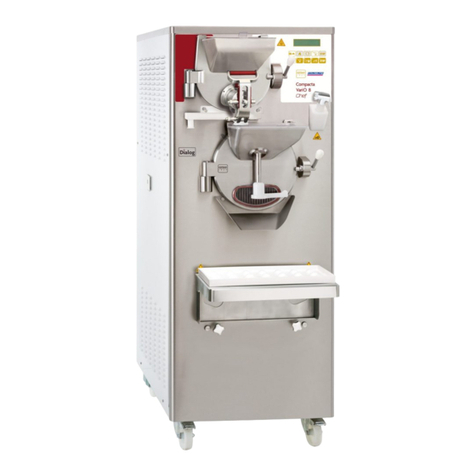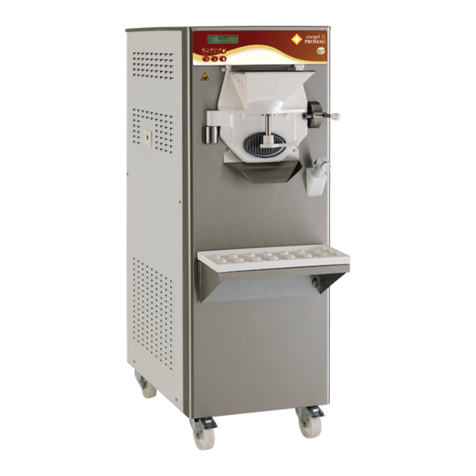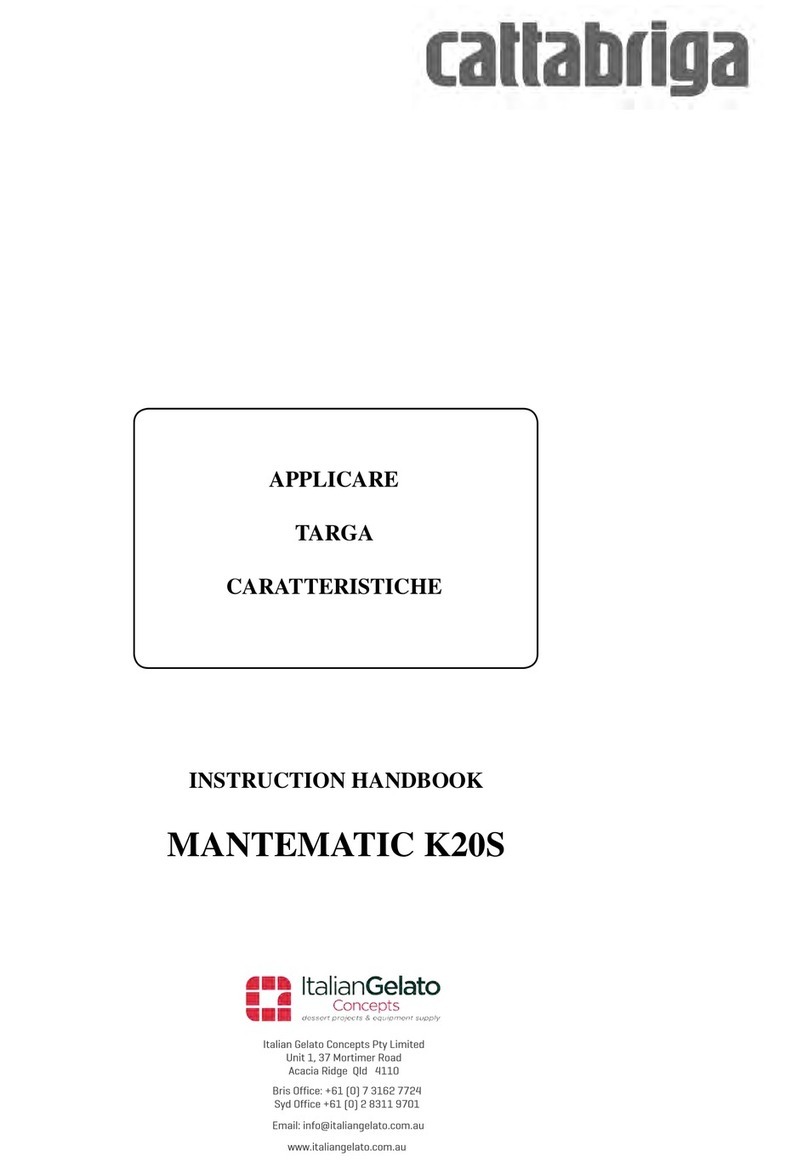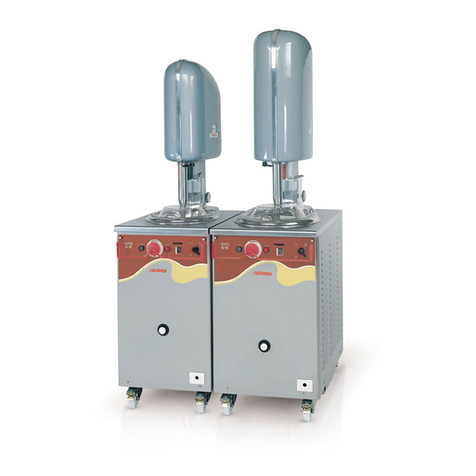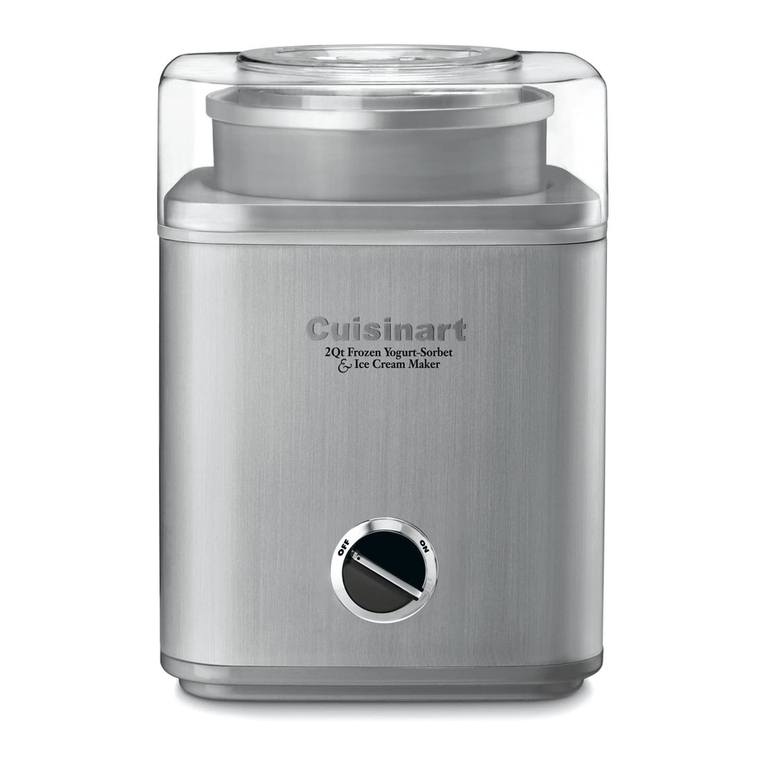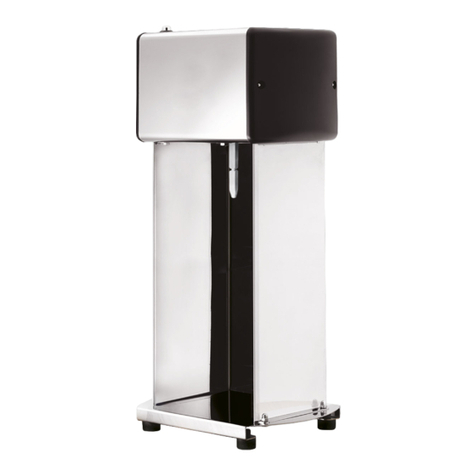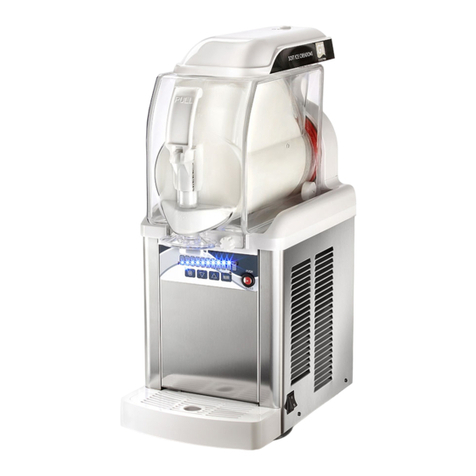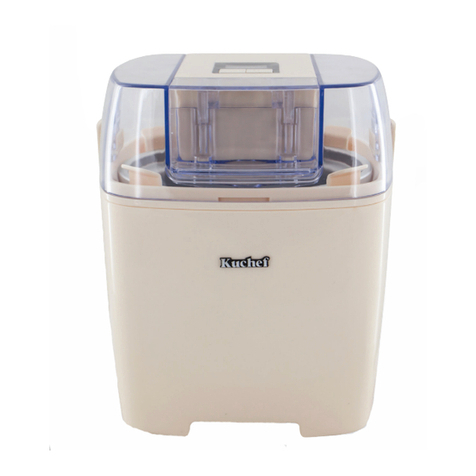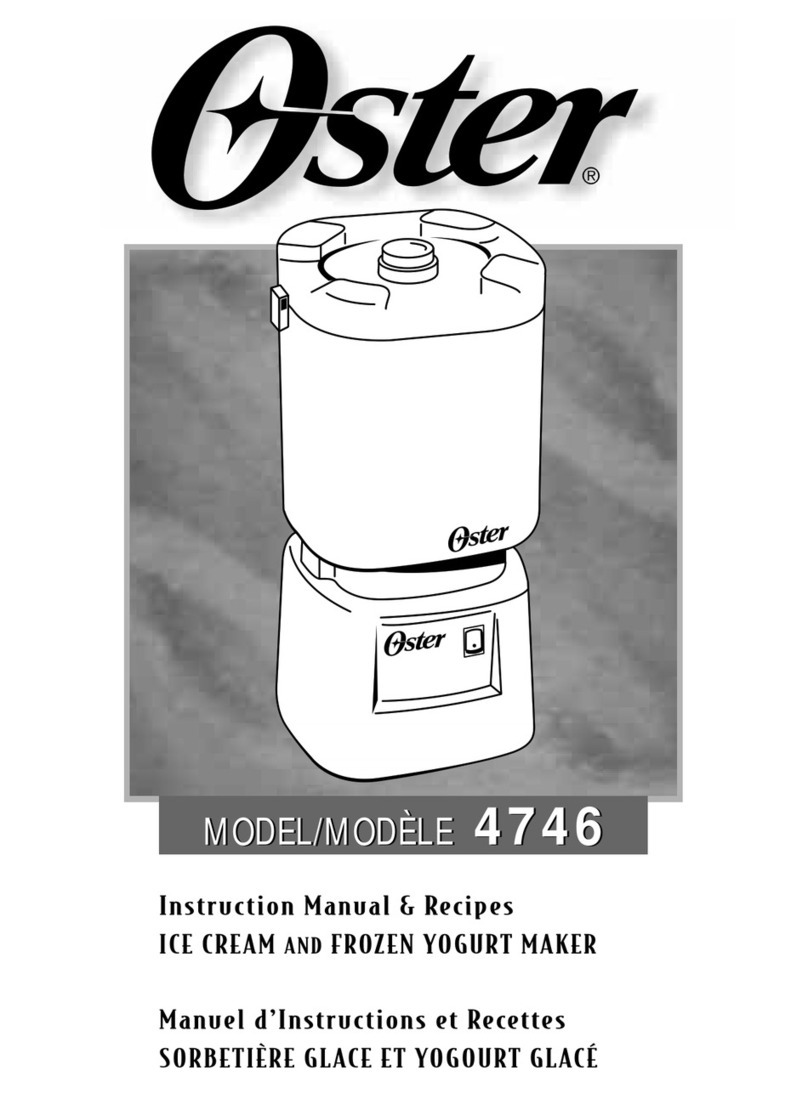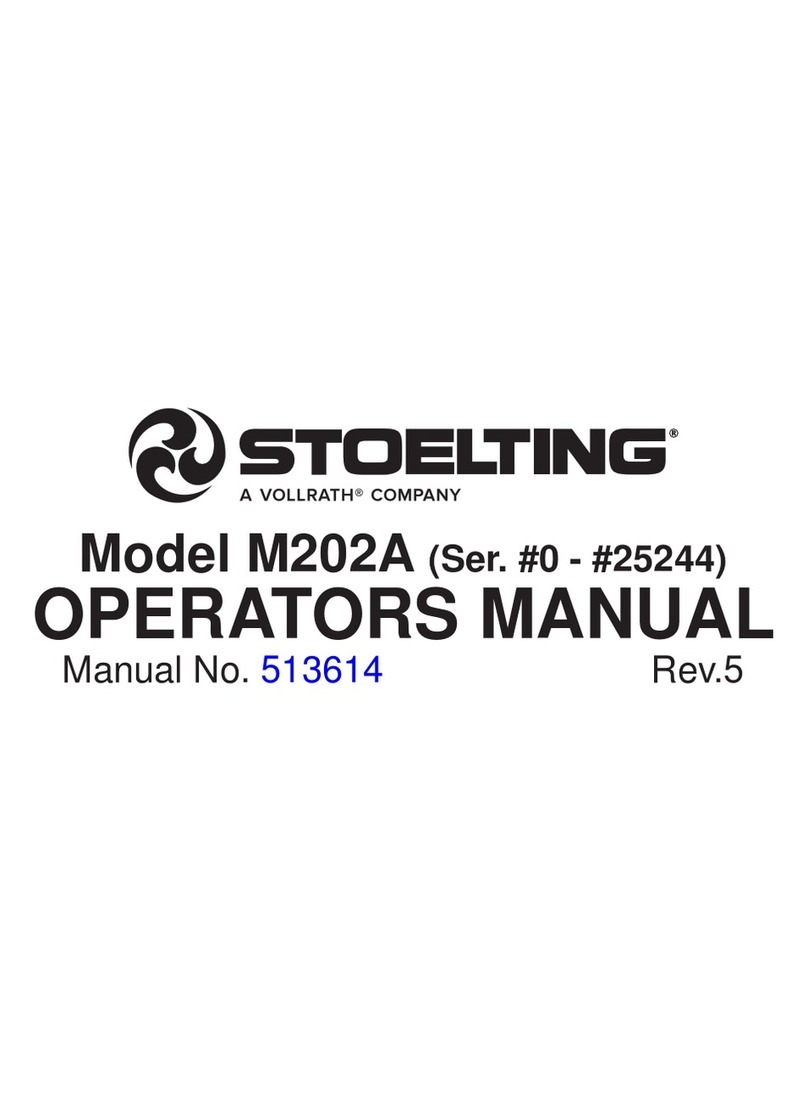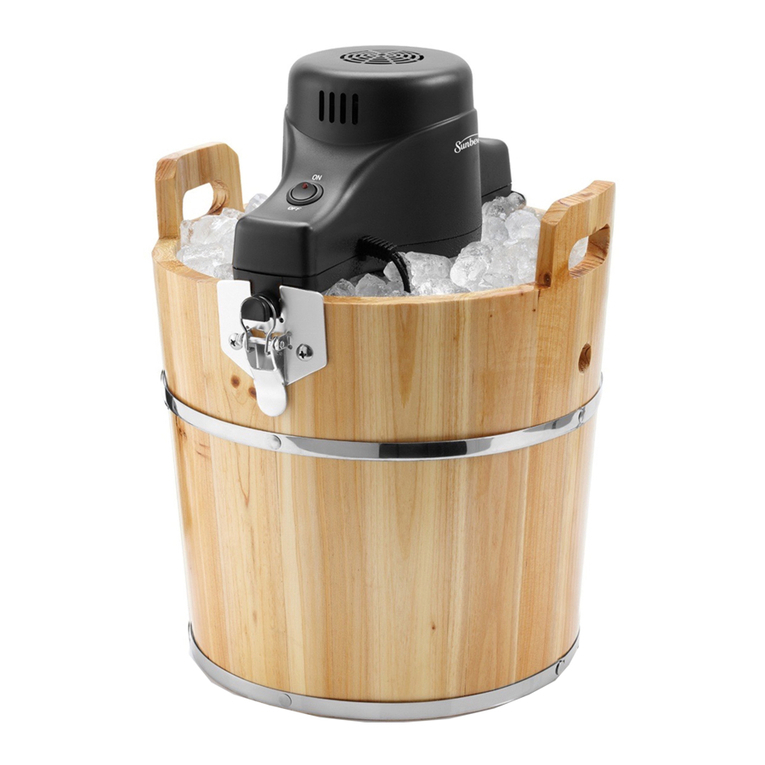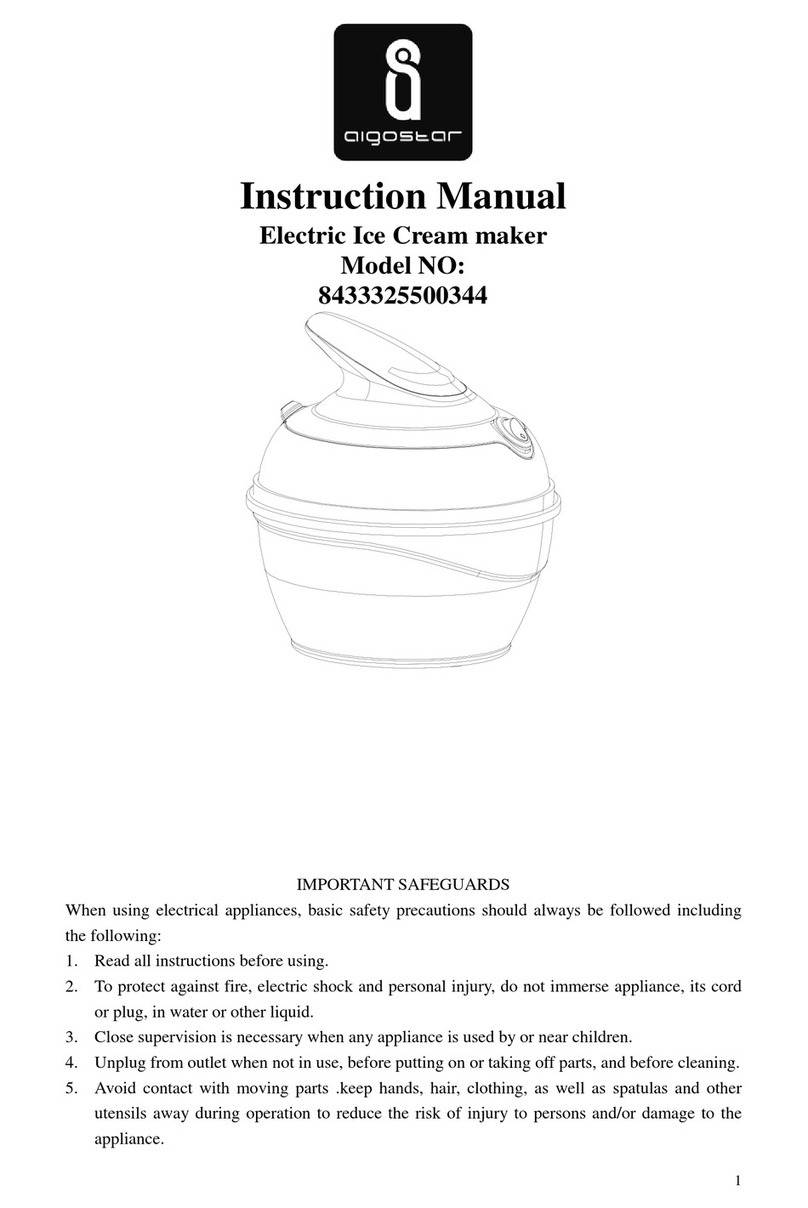
EPSXP
- 7 - eps xp_EN - 09/10 - ed. 2
SAFETY
When using industrial equipment and plants, one must be aware of the fact that drive
mechanisms (rotary motion), high voltage components, as well as parts subject to high
temperatures may cause serious damage to persons and things.
Who is in charge of plant safety must be on the look-out that
-An incorrect use or handling shall be avoided
-Safety devices must neither be removed nor tampered with
-The machine shall be regularly serviced
-Only original spare parts are to be used especially as far as those components with
safety functions are concerned (ex.: protection microswitches, thermostats).
To achieve the above, the following is necessary:
-At the working place an instruction manual relevant to the machine should be available.
-Such documentation must be carefully read and requirements must conse quently be met.
-Only adequately skilled personnel should be assigned to electrical equipment.
-Be on the look out that no technician will ever carry out interventions outside his own
knowledge and responsibility sphere.
QUALIFICATION OF THE STAFF
Staff attached to the machine can be distinguished according to training and responsibility as
follows:
OPERATOR
-A person who has not necessarily a high technical knowledge, just trained for ordinary
operation of the machine, such as: startup, stop, filling, basic maintenance (cleanout, simple
blocking, instrumentation checkings, etc.).
SKILLEDENGINEER
-A person enganged on more complicated operations of installation, maintenance, repairs, etc.
IMPORTANT!
One must be on the look-out that the staff does not carry out any operation outside its own sphere
of konwledge and responsibility.
NOTE:
According to the standard at present in force, a SKILLED ENGINEER is who, thanks to
- training, experience and education,
- knowledge of rules, prescriptions and interventions on accident prevention,
- knowledge of machine operating conditions,
is able to realize and avoid any danger and has also been allowed by the person in charge of
plant safety to carry out all kinds of interventions.
WARNING
When installing the machine, insert a differential magnetothermal protection switch on all
poles of the line, adequately sized to the absorption power shown on machine data plate and
with contact opening of 3 mm at least.
•Never put your hand into the machine, alike during production and cleaning operations.
Before carrying out any maintenance operation, make sure that the machine is in “STOP”
position and main switch has been cut out.
•It is forbidden to wash the machine by means of a bolt of water under pressure.
•It is forbidden to remove panels in order to reach the machine inside before having
disconnected the machine.
•COLDELITE is not responsible for any accident that might happen during operation,
cleaning and/or servicing of its units, if this warning has not been fully complied with.

